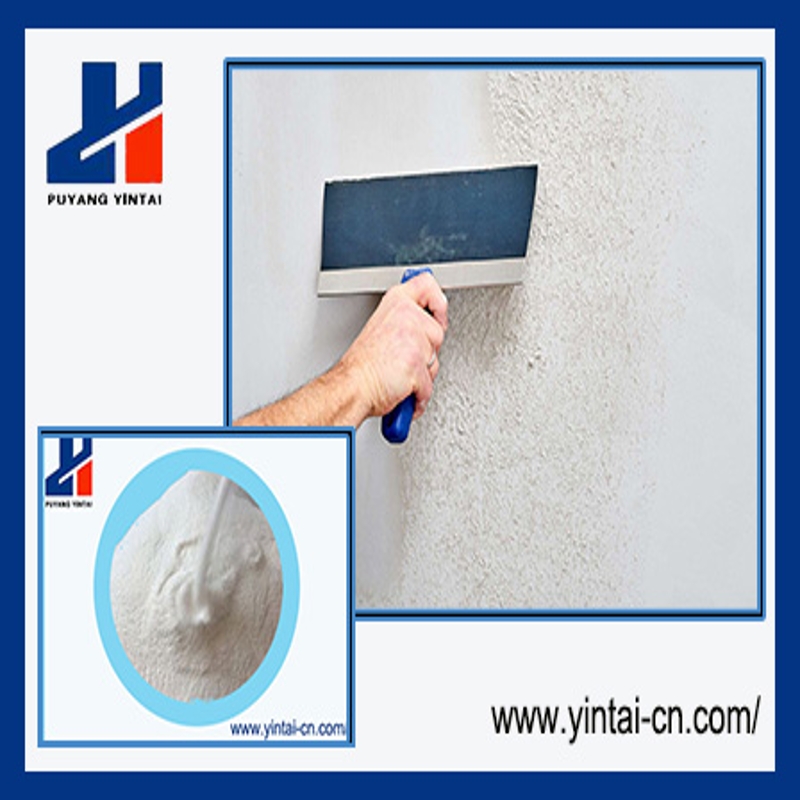-
Categories
-
Pharmaceutical Intermediates
-
Active Pharmaceutical Ingredients
-
Food Additives
- Industrial Coatings
- Agrochemicals
- Dyes and Pigments
- Surfactant
- Flavors and Fragrances
- Chemical Reagents
- Catalyst and Auxiliary
- Natural Products
- Inorganic Chemistry
-
Organic Chemistry
-
Biochemical Engineering
- Analytical Chemistry
- Cosmetic Ingredient
-
Pharmaceutical Intermediates
Promotion
ECHEMI Mall
Wholesale
Weekly Price
Exhibition
News
-
Trade Service
4 High performance liquid chromatography
4.
The sample is mixed with a nitrophenol solution (internal standard).
4.
Unless otherwise specified, the reagents used in this method are all analytical reagents, and the water meets the requirements of secondary water specified in GB/T6682
4.
4.
4.
4.
4.
4.
4.
4.
4.
4.
4.
4.
4.
3.
4 Mobile phase: V ( methanol ): V (water): V ( acetic acid ) = 67: 32:1 (volume ratio), the flow rate is 1.
0mL/min~1.
5mL/min
.
4.
3.
5 General laboratory instruments and equipment
.
4.
4 Analysis steps
4.
4.
1 Drawing of calibration curve
4.
4.
1.
1 Preparation of standard solution
Add 25.
0 mL of m-nitrophenol solution (4.
2.
4) into 6 50 mL conical flasks with stoppers, and then use a syringe to add the corresponding amount of TBC standard solution (4.
2.
3) according to the volume shown in Table 4, and shake well.
.
Table 4 TBC Standard Solution Volume and Concentration Correspondence Table
4.
4.
1.
2 Calibration
Use a syringe to fill the sample loop of the injection valve one by one with the standard solution prepared above, and inject it into the chromatograph, and record the chromatographic peak area (or peak height) of the obtained TBC and m-nitrophenol
.
4.
4.
1.
3 Drawing calibration curve
Use the TBC concentration (mg/L) as the abscissa and the ratio of the peak area (or peak height) of TBC to m-nitrophenol as the ordinate to draw a calibration curve
.
4.
4.
2 Preparation of test solution
Cool a stainless steel coil with a length of 1m and an inner diameter of 3mm and a glass measuring cylinder with a capacity of 25mL to about -20℃, connect the coil with the sample cylinder, and let the liquid butadiene flow into the measuring cylinder about 25mL through the coil for accurate reading Sample volume
.
Measure the temperature of the sample to the nearest 1°C
.
Then pour the sample into a 50 mL conical flask with a stopper that has contained 25 mL of m-nitrophenol, and let the butadiene volatilize naturally at room temperature
.
Stopper the bottle and shake for 1 min
.
The above operations should be carried out in a fume hood, away from open flames, and the cylinder should be grounded to prevent possible explosion hazards due to static electricity
.
Related links: Determination of tert-butylcatechol (TBC) in butadiene for industrial use (2)







